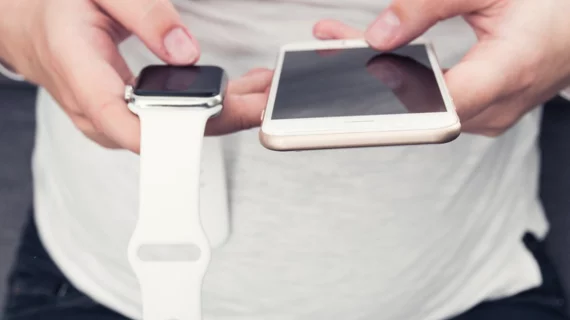Researchers awarded $37M to see if Apple Watch can lower stroke risk among AFib patients
Northwestern University and Johns Hopkins University have received a grant worth approximately $37 million from the National Heart, Lung and Blood Institute to study the potential benefits of using an Apple Watch to monitor atrial fibrillation (AFib) patients. The funds cover seven years of research, and years two through seven will only be awarded if certain milestones are met during the study’s first year.
While high-risk AFib patients typically take blood-thinning medications at all times, participants in this study would only take them when an Apple Watch-powered app identifies signs of a prolonged AFib episode. When this happens, the patient would take blood-thinning medications for “a few weeks” to combat the risk of stroke—if no other episodes occur, they could once again stop taking the medication.
If this “pill-in-pocket” strategy is successful, it could lead to a significant reduction in the use of these medications and help AFib patients lower their risk of experiencing a stroke.
“If proven effective, this new treatment paradigm will fundamentally change the standard of care for the millions of Americans living with AFib,” principal investigator Rod Passman, MD, a professor at Northwestern and director of the school’s Center for Arrhythmia Research, said in a prepared statement. “Many of these patients are on blood thinners for the rest of their lives even if they have infrequent episodes of AFib. If we can show this strategy is equally protective against stroke and reduces bleeding, that could save lives, reduce cost and improve quality of life.”
Passman et al. also hope to evaluate what patients think about monitoring their symptoms with an Apple Watch and see if a wearable-driven strategy can reduce the risk of major bleeding events among AFib patients.
“We think advances in technology will allow us to personalize this care,” Passman said in the same statement. “Why should patients expose themselves to the risk and cost of these drugs when they may not be benefiting?”
The American Heart Association, Stanford University and the University of California at San Francisco are all also involved in this analysis. The groups hope to recruit 5,400 patients.

